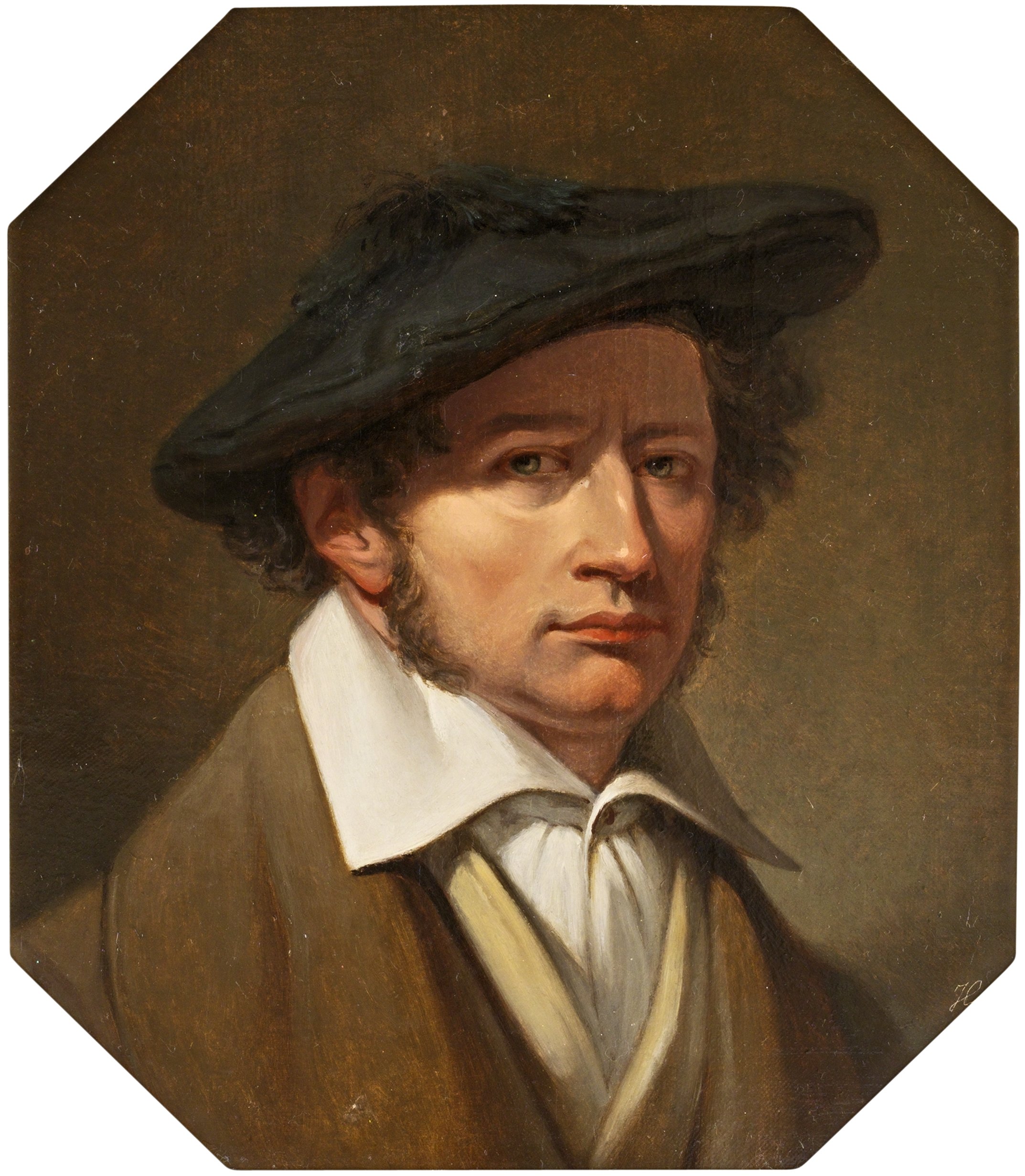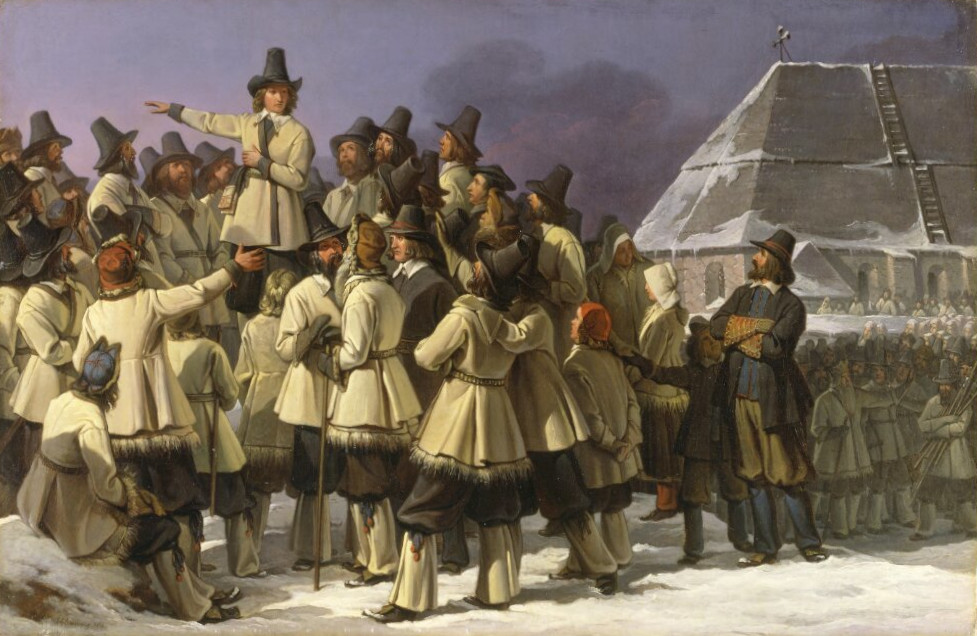Johan Gustaf Sandberg on:
[Wikipedia]
[Google]
[Amazon]

 Johan Gustaf Sandberg (13 May 1782 – 26 June 1854) was a Swedish painter. He was foremost a
Johan Gustaf Sandberg (13 May 1782 – 26 June 1854) was a Swedish painter. He was foremost a

 Johan Gustaf Sandberg (13 May 1782 – 26 June 1854) was a Swedish painter. He was foremost a
Johan Gustaf Sandberg (13 May 1782 – 26 June 1854) was a Swedish painter. He was foremost a history painter
History painting is a genre in painting defined by its subject matter rather than any artistic style or specific period. History paintings depict a moment in a narrative story, most often (but not exclusively) Greek and Roman mythology and Bible ...
and used settings from Norse mythology
Norse, Nordic, or Scandinavian mythology is the body of myths belonging to the North Germanic peoples, stemming from Old Norse religion and continuing after the Christianization of Scandinavia, and into the Nordic folklore of the modern period ...
and Swedish history. His most widely known work in this area are his frescoes
Fresco (plural ''frescos'' or ''frescoes'') is a technique of mural painting executed upon freshly laid ("wet") lime plaster. Water is used as the vehicle for the dry-powder pigment to merge with the plaster, and with the setting of the plaste ...
in Uppsala Cathedral
Uppsala Cathedral ( sv, Uppsala domkyrka) is a cathedral located between the University Hall of Uppsala University and the Fyris river in the centre of Uppsala, Sweden. A church of the Church of Sweden, the national church, in the Lutheran tra ...
that depict the Swedish king Gustav Vasa
Gustav I, born Gustav Eriksson of the Vasa noble family and later known as Gustav Vasa (12 May 1496 – 29 September 1560), was King of Sweden from 1523 until his death in 1560, previously self-recognised Protector of the Realm ('' Riksföre ...
. In addition to his history paintings, Sandberg painted a number of portraits.
Biography
Sandberg became a student at theRoyal Swedish Academy of Arts
The Royal Swedish Academy of Fine Arts ( sv, Kungliga Akademien för de fria konsterna), commonly called the Royal Academy, is located in Stockholm, Sweden. An independent organization that promotes the development of painting, sculpture, architec ...
preparatory school (''Konstakademiens principskola'') in 1794. After completing his studies there, he moved on to the Academy's antikskola (in which students learned to paint sculptures from ancient history
Ancient history is a time period from the beginning of writing and recorded human history to as far as late antiquity. The span of recorded history is roughly 5,000 years, beginning with the Sumerian cuneiform script. Ancient history cove ...
) in 1801. At the same time, Sandberg studied music and learned to play keyboard instrument
A keyboard instrument is a musical instrument played using a keyboard, a row of levers which are pressed by the fingers. The most common of these are the piano, organ, and various electronic keyboards, including synthesizers and digital piano ...
s. He earned money by giving music lessons and by working in the Academy's decoration workshop.
At the Academy in 1808 and 1809, Sandberg competed and won several medals for his history paintings ''Diana och Endymion'' and ''Karl XII och hans sekreterare i Stralsund''. It was during these years that he also began experimenting with mythological themes, animal paintings, and portraits. In the time that followed, Sandberg made several more oil paintings that gained him recognition at various shows. He became a ''ledamot'' at the Academy in 1821, and an ordinary professor in 1829.
Sandberg served as the director of the Academy from 1845 to 1853. He died on 26 June 1854 in Stockholm. Many of his paintings are located in the National Museum of Fine Arts.
References
External links
{{DEFAULTSORT:Sandberg, Johan Gustaf 19th-century Swedish painters Swedish male painters 1782 births 1854 deaths Artists from Stockholm History painters Swedish portrait painters 19th-century Swedish male artists